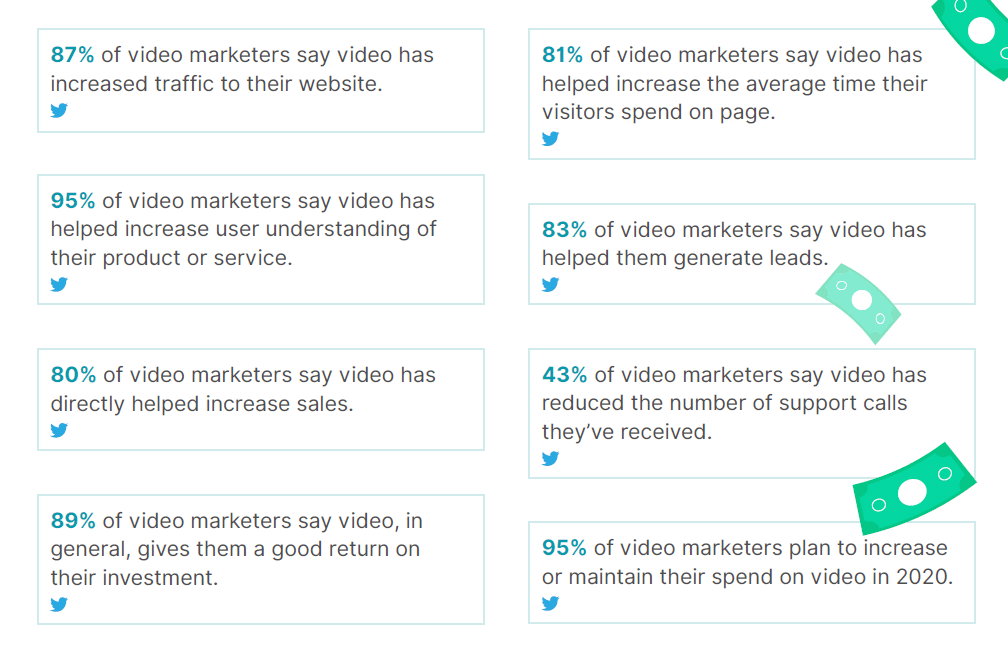This time we’re discussing a question that anyone who uses video content for multiple territories must address to ensure maximum effectiveness in other markets – should subtitles be used or should new audio be employed, either as an off-screen voiceover (v.o.) or in the form of dubbing that closely matches the speaker’s original speech?
Ian:Can you describe the methods that one can employ for translating the spoken (and written on screen) content of video?
Kit:There are two main options: subtitling and dubbing/voiceover, two different approaches for re-recording translated audio. Subtitling is the easier approach because you’re not trying to sync or match the new audio with the person on screen’s mouth movements in the video.
Ian:There are obviously different levels of difficulty and complexity involved in either employing subtitles for your video translation or utilising the two variations of audio re-recording, but before we do that can you outline the rationales that people should use when considering translations for their video content?
Kit:There are some really strong arguments for translating video content. First, everyone knows how powerful video content is, people are much more likely to watch a video than they are to read text. There are a ton of stats that we could talk about, I found a great report from Wyzowl which is well worth downloading if you’re not yet convinced. This is taken from their 2020 video survey:

People often spend quite a lot of money creating video content, and while the additional effort of getting content ready and available for people in other markets in their languages isn’t as difficult as you may envision, it’s surprising how often marketing teams fail to translate.
Second, if a video is important for your home market it’s absolutely essential for all your other existing markets and your target markets too.
In our next blog post we’re asking the question “is English good enough?” so I won’t repeat what’s coming in that post, but the benefits of having your content translated into your customers’ languages are overwhelmingly clear.
Ian:OK, so can you describe the process you follow for both options?
Kit:Let’s start with subtitling. First we transcribe your content (if you don’t already have a transcription), translate it and then embed the subtitles in the video. This is a fairly straightforward process but does have some limitations, for instance there’s a limit to how much text you can run on screen before it starts to dominate the video. Normally we stick to just two lines of subtitles.
If a video is important for your home market it’s absolutely essential for all your other existing markets and your target markets too.
You need to ascertain how quickly your audience can read the subtitles; it often doesn’t make sense to transcribe every word because if there is too much text people will be scrambling to keep up with reading it and will most likely be missing the video itself. This means that in some cases the translation company will have to edit the text prior to translation, something we can help with because we know how much text is appropriate. However if you do want retain all of your original content in your translation and there’s quite a lot of it an off-screen voiceover is probably the best way to do so, which allows you to keep it all without compromising.
Dubbing is something we’re very rarely called upon to do, as it only applies to people who are seen on screen speaking and we’re asked to do a translated voiceover 99% of the time. On the whole dubbing looks odd although it’s certainly better than it was in the past. I think you have to ask yourself if taking on the level of complexity involved in dubbing wouldn’t be better employed in simply creating new content or some new elements of the content for a specific target market.
Ian:You certainly see and hear marketing video which includes content that’s identifiably from the product’s country of origin mixed with elements that have been created for the market that you’re seeing it in, and very obvious dubbing is seen in a lot of European TV spots.
Kit:It also varies from market to market. In Spain dubbing is very commonplace, so if Spain is an important market for you it may well be the course you choose as it’s acceptable to your customers.
If you’re a German business and you’re trying to sell in to the US you have to forget about dubbing as it’s completely unacceptable to American consumers, nor would it be accepted in the UK, Australia or any English speaking market. English language consumers spot dubbing in TV ads immediately because it’s so obvious that it makes a lot of us laugh, followed by the thought that “that’s cheap”.
Off-screen voiceover on the other hand doesn’t elicit this reaction because it’s not pretending to be something it’s not, and ditto subtitles. Unless dubbing is really, really good (as it is in big budget Hollywood movies that are dubbed for some international markets) it draws us out of engaging with the dubbed content because it looks like ‘pretending’ or looks just plain wrong.
You won’t be surprised to learn that subtitling is the cheaper option of the two, but generally voiceover isn’t nearly as expensive as you might think it is; we work with v.o. artists that can do this for you in any language for any market that you want.
Ian:What are the mechanics that are involved in getting video translated?
Kit:You provide us with the original video content, which might include some other digital assets that we need to have to do the whole job; for example your video might include images with embedded text which we may need to translate as well.
Ian:Are there any steps in the video translation process that take place before the translation itself begins?
Kit:Before starting the translation as I said we might have to transcribe it if a transcription doesn’t already exist, and we may have to edit and abbreviate it because of time and space restrictions. After we do this and before undertaking the translation we’ll take it back to the customer to confirm that the revised content we propose to use still aligns with the customer’s intentions.
After we’ve done the subtitles or the voiceover we recommend that the customer do what we call an in context check. The final, finished article is sent to the customer and a member of their team or perhaps a reseller partner in the target market that speaks the language and knows the product will review the end result to ensure that the subtitling or voiceover is correct.
The final factor that’s worth thinking about is how you’re going to get that translated content in front of your customer or target audience, determining how the customer’s going to interact with the finished product. By and large there are two ways in which people are going to do this. You might have a YouTube channel, which are almost always by necessity mono-lingual, so if you want all of your video content to be available in German you’ll set up a new German YouTube channel. Most of the content we deal with is accessed primarily through a customer’s web site, which entails managing content access via a CDN (Content Distribution Network). For heavier, longer videos you have to ensure that the customer has a good experience because we know people won’t tolerate difficulties when watching something. It’s important not only to translate the content well but also to ensure that it’s easily accessible by your customer via your Content Management System, which is also something we can help with.





